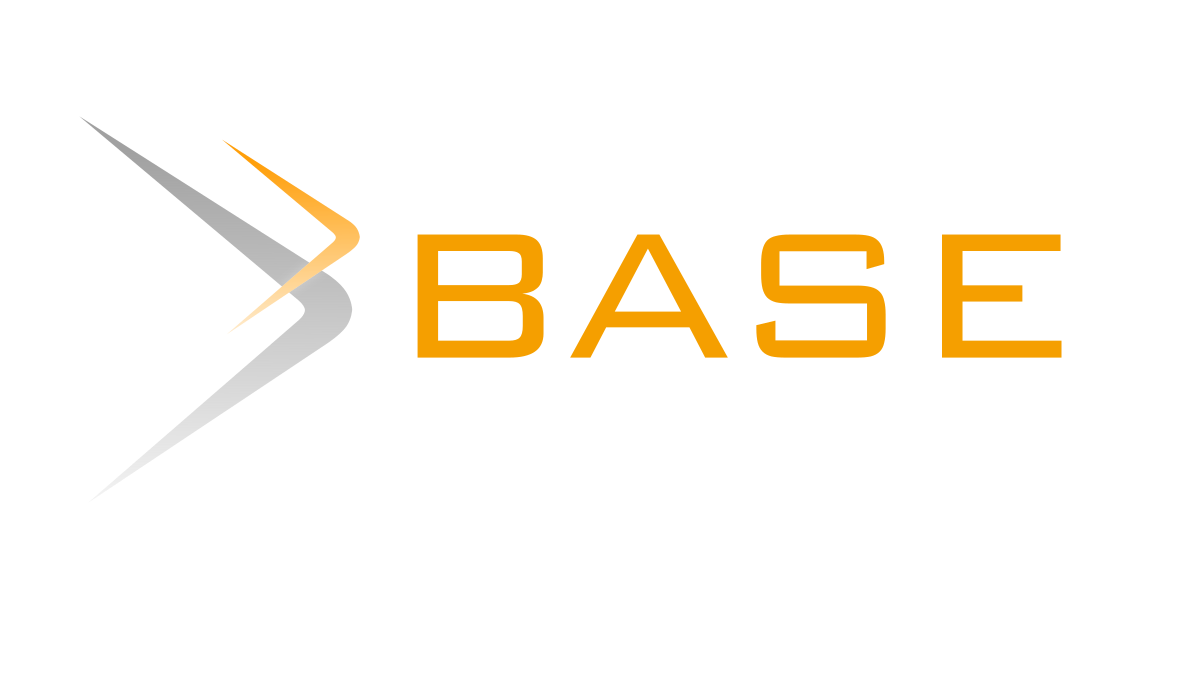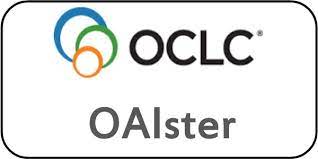Negative Pressure Wound Therapy in Infected Wounds – Indian Public Hospital
Keywords:
Vacuum-assisted closure, hyperbaric oxygen therapy, negative pressure wound therapyAbstract
Introduction: Negative pressure wound therapy (NPWT) is a procedure in which vacuum is used to enhance wound healing. Vacuum-assisted closure (VAC) refers to wound dressing that uses pressure below normal continuously or intermittently to the surface of a wound. The negative pressure is maintained by an apparatus; this promotes healing in various kinds of wounds and also helps in wound debridement. Aims: This study was carried out with an aim to find out
the rate of wound contraction, compare infection clearance, granulation tissue formation and to study postoperative pain after using NPWT. Material and methods: All types of infected wounds with slough were selected. Patients irrespective of sex between 18 and 70 years of age were included. The wounds included were traumatic, diabetic foot, varicose ulcer, infected wounds, carbuncle, etc. The procedure included surgical debridement as a preliminary procedure, followed by application of NPWT. The wound criteria: 1) size, 2) shape, 3) wound margin and floor, 4) edge and contraction were studied. Results and Discussion: Infected wounds can be treated by specific modalities like daily wound dressing, surgical debridement, hyperbaric oxygen therapy and NPWT. PWT seems more efficient than standard wound care for infected wounds. In our study, the mean size of ulcer in diabetic patients before NPWT was found to be 6.33 × 4.52 cm; after application of NPWT, it was 4.7 × 2.95 cm. The mean size of ulcer in traumatic patients before NPWT was found to be 7.1 × 5.1 cm, while after application of NPWT, it was 5 × 3.63 cm. The mean size of ulcer in vascular patients was found to be 5.71 × 3.85 cm before NPWT, and after application of NPWT, it was 4 × 2.42 cm. NPWT dressings have been proven to be beneficial as a variant method of dressing, mainly by negative pressure which sucks out serous fluid and helps in the formation of granulation tissue. Used in various wounds, continuous suction over period of time and later intermittent suction depending on wound status enhance wound healing process and lead to faster recovery compared to conventional methods of dressing. Conclusion: The wound healing period for large traumatic wounds and chronic diabetic wounds is 123 days as per published data. In our study, where NPWT was used, the average wound healing period was 35 days, ranging between 10 and 62, which is statistically significant (p < 0.005). NPWT is cost-effective, reduces hospital stay of
patient with minimal chances of limb amputation with better results than standard wound care.
Additional Files
Published
Issue
Section
License
Copyright (c) 2021 Milind Ruke

This work is licensed under a Creative Commons Attribution 4.0 International License.






